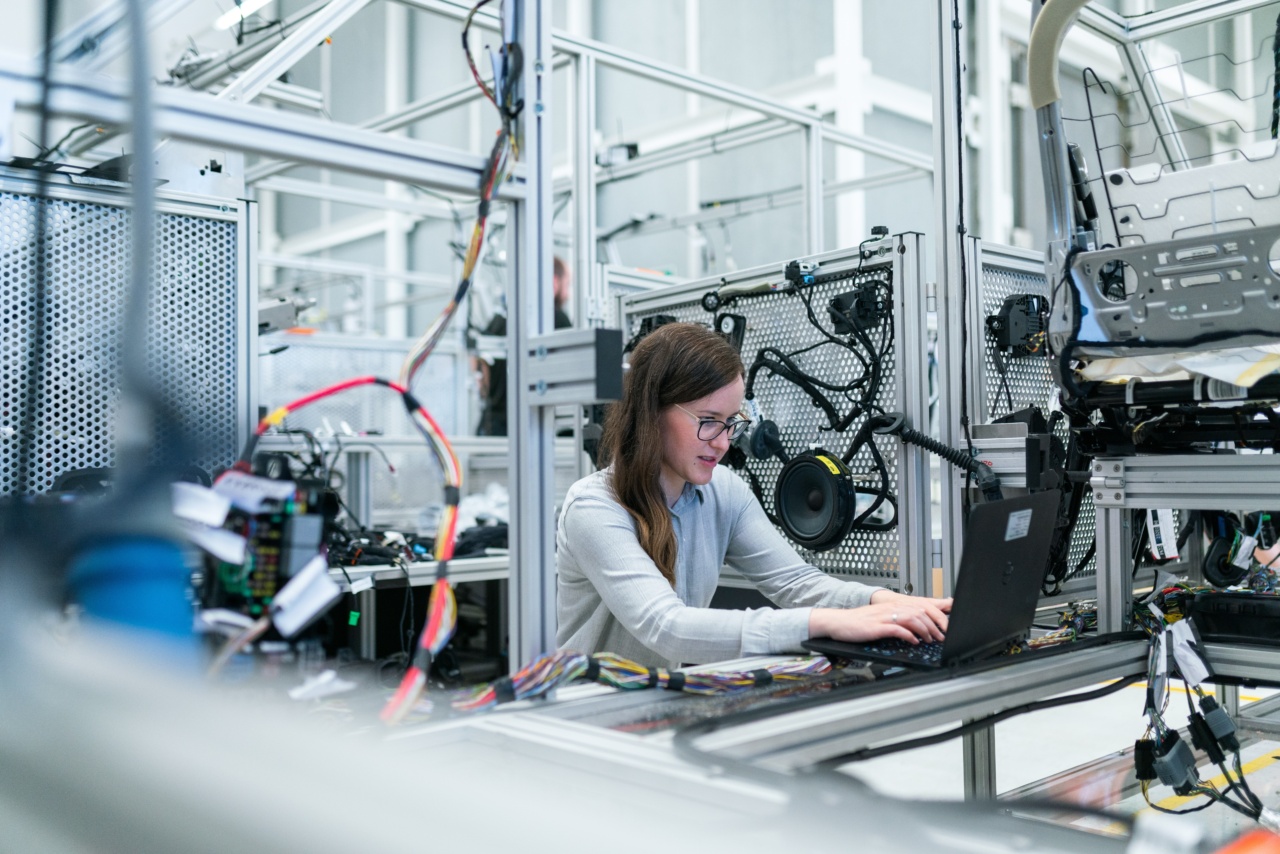Left-handedness is a unique trait that has intrigued scientists for decades.
While being left-handed was once considered a disadvantage, advancements in genetic research have uncovered fascinating insights into the genetic and neurobiological basis of left-handedness. In this article, we will delve into the latest findings in genetic research that shed light on the origins and characteristics of left-handedness.
The Prevalence of Left-Handedness
Left-handedness is estimated to occur in approximately 10% of the global population.
Interestingly, the percentage of left-handed individuals has remained relatively constant across different cultures and time periods, suggesting a genetic component to this handedness preference. Early research in the field focused on the influence of environmental factors, such as cultural biases and societal pressures, in shaping handedness.
However, modern genetic studies have provided compelling evidence for a strong genetic basis of left-handedness.
Genetic Insights into Left-Handedness
Recent genetic studies have identified several genes that are associated with left-handedness. One of the key genes implicated in the determination of handedness is LRRTM1.
This gene plays a role in the development of neuronal connectivity in the human brain and has been found to be more common in left-handed individuals. Another gene, PCSK6, has also been linked to left-handedness and is involved in the development of the asymmetry of the brain.
Additionally, studies have shown that left-handedness is often inherited within families, further supporting the genetic basis of this trait.
Twin studies have revealed a higher concordance rate of left-handedness among identical twins compared to fraternal twins, suggesting a strong genetic influence.
The Brain of a Left-Handed Person
Advancements in neuroimaging techniques have allowed scientists to explore the structural and functional differences in the brains of left-handed individuals.
These studies have revealed unique characteristics in the brains of left-handers, providing insights into the neural basis of handedness.
One prominent finding is the increased connectivity between the left and right hemispheres of the brain in left-handed individuals.
This enhanced interhemispheric connectivity is thought to contribute to the enhanced spatial abilities often observed in left-handers, such as better visualization and mental rotation skills.
Furthermore, studies have demonstrated differences in the organization of language areas in the brains of left-handed individuals.
While the vast majority of right-handed individuals have their language abilities localized in the left hemisphere, left-handers show a more variable distribution of language functions across both hemispheres. This suggests that the brains of left-handers may have a greater capacity for bilateral language processing.
Evolutionary Significance of Left-Handedness
Left-handedness has long puzzled scientists in terms of its evolutionary significance.
One theory suggests that the genetic variation that gives rise to left-handedness may have persisted throughout evolution due to its association with enhanced cognitive abilities. Some studies have shown that left-handed individuals may have a higher prevalence of certain cognitive traits, such as greater creativity and divergent thinking.
Additionally, left-handers may have had an advantage in combat situations throughout history.
In a predominantly right-handed world, left-handedness can provide a surprise advantage in combat scenarios, as opponents would be less prepared to defend against left-handed attacks.
Challenges Faced by Left-Handed Individuals
While left-handedness is not necessarily a disadvantage in today’s society, left-handed individuals still face certain challenges in a right-handed world.
Many tools, utensils, and appliances are designed with right-handers in mind, making it less convenient for left-handers to carry out certain tasks. This can lead to a higher prevalence of accidents and injuries among left-handed individuals.
Furthermore, left-handedness has historically been associated with negative connotations, and left-handers have faced discrimination and cultural biases. In some cultures, left-handedness was even considered taboo or associated with evil.
However, societal attitudes have gradually evolved, and left-handedness is now widely accepted and recognized as a natural variation in human behavior.
Implications for Future Research
The advancements in genetic research have opened up new avenues for further investigation into the complexities of handedness.
Future studies could explore the interaction between genetic factors and environmental influences in shaping handedness preferences. Additionally, the neurobiological underpinnings of left-handedness warrant further exploration to gain a comprehensive understanding of the unique traits associated with left-handedness.
Understanding the genetic and neurobiological basis of left-handedness could have broader implications in the field of neuroscience and genetics.
It could provide insights into the development of asymmetry in the brain and the mechanisms underlying cognitive abilities, potentially leading to advancements in the diagnosis and treatment of neurological conditions.
Conclusion
Advancements in genetic research have shed light on the unique traits of left-handedness.
The identification of specific genes associated with left-handedness and the characterization of neural differences in left-handers have deepened our understanding of this fascinating trait. While left-handedness has historically been associated with challenges and biases, societal attitudes have evolved, and left-handed individuals are now recognized for their unique characteristics and contributions to society.






























